In the captivating realm of creative dance theatre, movement transcends the ordinary, becoming a vibrant tapestry of expression and innovation. This captivating art form invites us to explore the depths of human emotion, challenge societal norms, and push the boundaries of artistic expression.
Join us as we delve into the captivating world of creative dance theatre, where imagination takes center stage.
Creative dance theatre is a genre that embraces experimentation, collaboration, and the exploration of diverse themes. It invites dancers, choreographers, and audiences alike to question traditional notions of dance, blurring the lines between movement, storytelling, and visual art.
Creative Dance Theatre Definition

Creative dance theatre is a genre of dance that combines elements of traditional dance forms with contemporary and experimental techniques. It is characterized by its focus on storytelling, emotional expression, and the exploration of movement as a form of artistic expression.
Creative dance theatre has its roots in the early 20th century, when dancers and choreographers began to experiment with new ways of creating and performing dance. This movement was influenced by a number of factors, including the rise of modernism in art and music, the development of new technologies, and the increasing popularity of dance as a form of entertainment.
Types of Creative Dance Theatre
There are many different types of creative dance theatre, including contemporary, experimental, and site-specific. Contemporary creative dance theatre is characterized by its use of modern dance techniques, its focus on storytelling, and its exploration of social and political issues. Experimental creative dance theatre is more avant-garde, and it often incorporates elements of other art forms, such as music, theater, and visual art.
Site-specific creative dance theatre is created for a specific location, and it often takes into account the history and architecture of the site.
Historical Origins
The origins of creative dance theatre can be traced back to the early 20th century, a time of great social and cultural upheaval. This period saw the emergence of new artistic movements, including expressionism, surrealism, and dadaism, which challenged traditional forms and conventions.
In the realm of dance, pioneers such as Isadora Duncan, Ruth St. Denis, and Loïe Fuller began to experiment with new ways of moving and expressing themselves. They rejected the rigid, formal styles of ballet and sought to create a more natural, expressive, and personal form of dance.
Key Figures
Some of the most influential figures in the early development of creative dance theatre include:
- Isadora Duncan: Known for her free-flowing, improvisational style, Duncan sought to connect dance with the natural world and human emotions.
- Ruth St. Denis: Inspired by Eastern dance forms, St. Denis created exotic and sensual dances that explored themes of spirituality and mysticism.
- Loïe Fuller: A pioneer in the use of lighting and special effects, Fuller created ethereal and dreamlike dances that mesmerized audiences.
Influential Movements
Several artistic movements influenced the development of creative dance theatre:
- Expressionism: Emphasized the expression of inner emotions and subjective experiences through exaggerated and distorted forms.
- Surrealism: Explored the subconscious mind and dream world, creating dances that were often bizarre and illogical.
- Dadaism: Mocked and challenged traditional artistic forms, leading to the creation of experimental and unconventional dances.
Cultural and Societal Contexts
The emergence of creative dance theatre was also shaped by the social and cultural context of the early 20th century.
- Industrialization and urbanization: The rapid growth of cities and the rise of mass production led to a sense of alienation and a desire for new forms of artistic expression.
- Women’s suffrage movement: The fight for women’s rights and equality influenced the creation of dances that celebrated female empowerment and individuality.
- World War I: The horrors of war led to a questioning of traditional values and a search for new ways to express human suffering and resilience.
Key Concepts

Creative dance theatre is grounded in fundamental concepts that empower performers to express themselves creatively and connect with audiences on a profound level. These concepts include improvisation, collaboration, and the exploration of themes and emotions.
Improvisation is the art of creating spontaneous movement and responding to the moment. It allows dancers to explore their creativity, take risks, and connect with their inner selves. Collaboration is essential in creative dance theatre, as it fosters a sense of community and allows dancers to share their ideas and support each other’s artistic visions.
Themes and Emotions
The exploration of themes and emotions is a core aspect of creative dance theatre. Dancers use their bodies to convey a wide range of emotions and ideas, from joy and love to anger and sadness. They explore universal themes that resonate with audiences, such as the human condition, relationships, and the search for meaning.
Performance Techniques
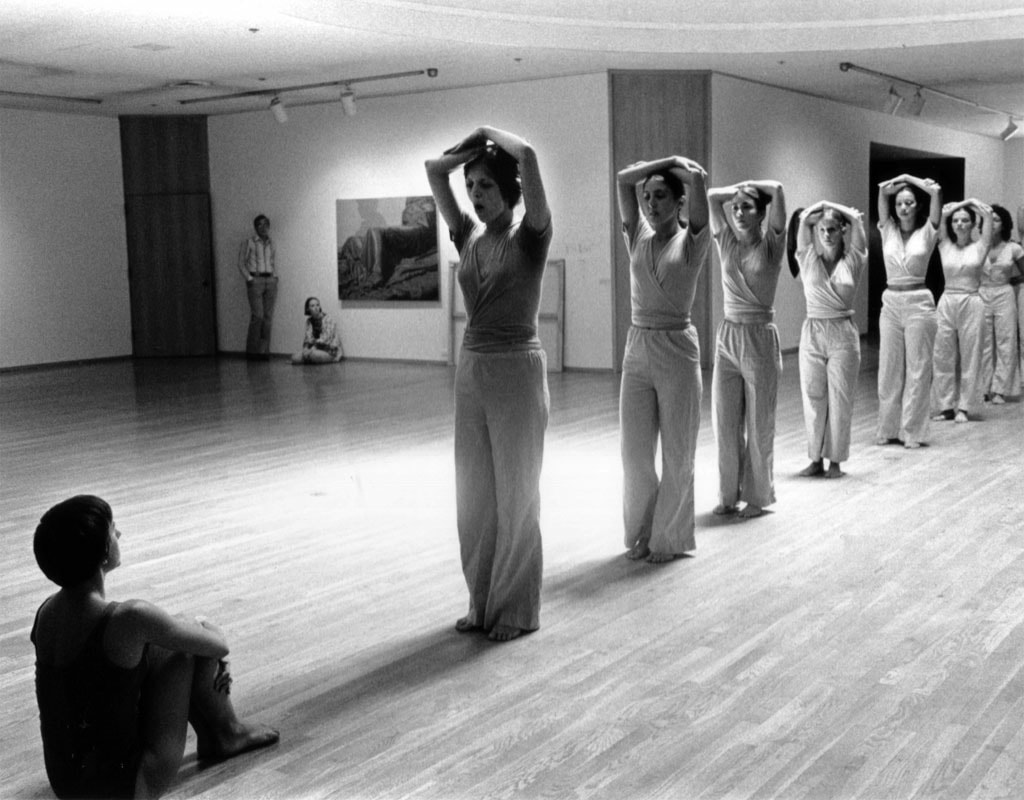
Creative dance theatre employs a wide range of performance techniques to convey emotion, narrative, and character. These techniques include movement, gesture, and vocalization.
Movementis the primary means of expression in creative dance theatre. Dancers use their bodies to create shapes, patterns, and rhythms that communicate ideas and emotions. Movement can be fluid and graceful, or it can be sharp and angular. It can be slow and deliberate, or it can be fast and energetic.
Gestureis another important performance technique in creative dance theatre. Gestures are movements of the hands, arms, or head that convey specific meanings. For example, a raised fist can represent anger, while a cupped hand can represent love.
Vocalizationis also used in creative dance theatre. Dancers may sing, speak, or make other sounds to express themselves. Vocalization can be used to create atmosphere, convey emotion, or tell a story.
Examples
Many choreographers have made significant contributions to the development of performance techniques in creative dance theatre. Some notable examples include:
- Martha Graham: Graham developed a technique that emphasizes strong, angular movements and a deep connection to the earth.
- Merce Cunningham: Cunningham developed a technique that emphasizes chance and improvisation.
- Trisha Brown: Brown developed a technique that emphasizes the use of everyday movements and objects.
Design Elements
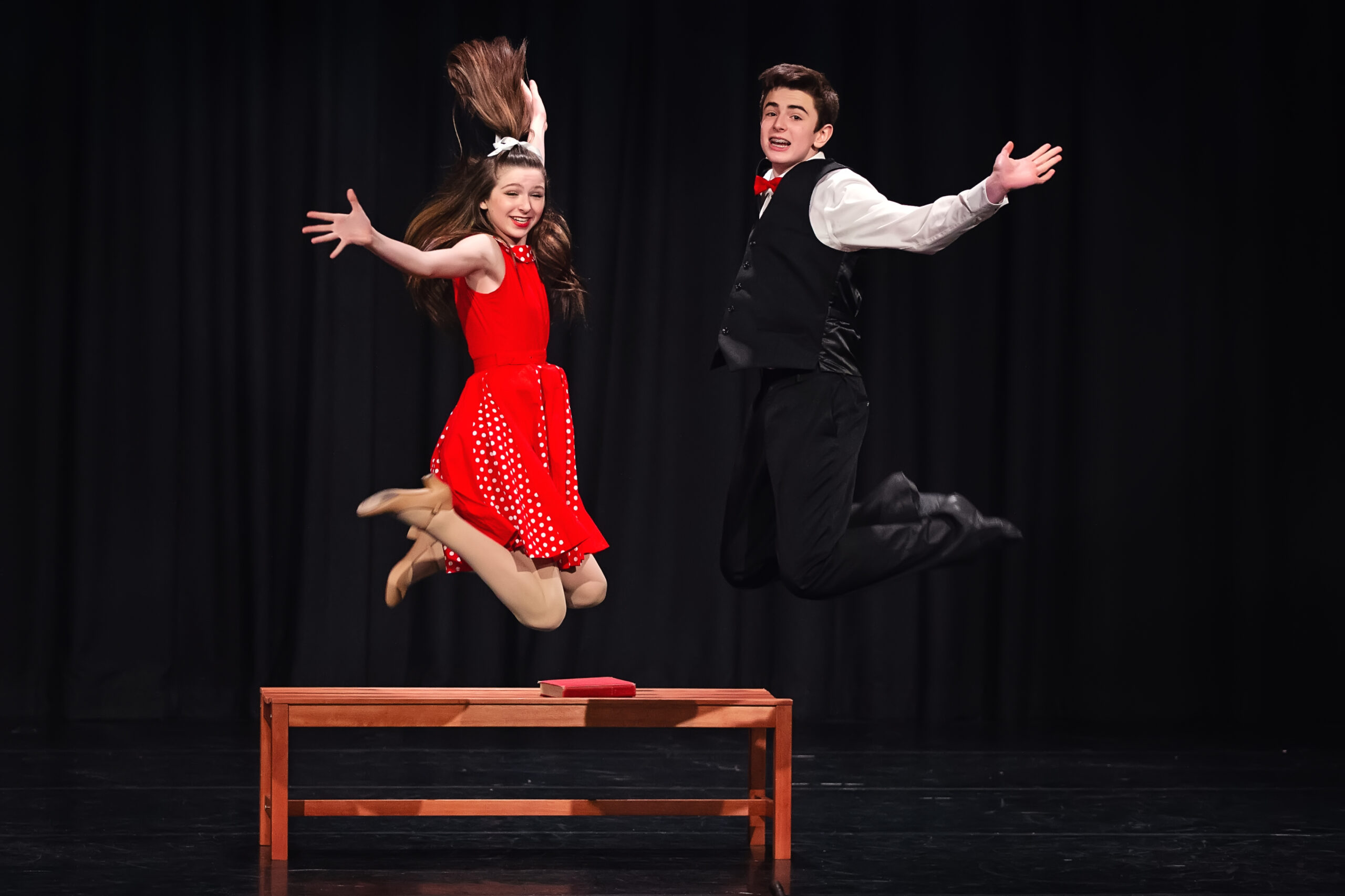
In creative dance theatre, design elements play a crucial role in enhancing the artistic expression of the performance. These elements work in harmony to create an immersive and visually stunning experience that complements the choreography and storytelling.
Let’s delve into the key design elements and their impact on creative dance theatre:
Lighting
Lighting is a powerful tool that can transform the stage, set the mood, and guide the audience’s attention. Creative use of lighting can create dramatic effects, highlight specific moments, and evoke emotions. Lighting designers collaborate closely with choreographers to ensure that the lighting design enhances the storytelling and movement.
Costumes
Costumes are an integral part of creative dance theatre, serving both functional and aesthetic purposes. They can define characters, convey cultural themes, and enhance the visual impact of the performance. Costume designers work with choreographers to create costumes that allow for freedom of movement while complementing the overall aesthetic of the production.
Stage Design, Creative dance theatre
Stage design encompasses the physical elements of the performance space, including the stage itself, props, and scenery. It creates the setting for the dance and can influence the audience’s perception of the performance. Stage designers collaborate with choreographers to design spaces that facilitate movement, support the storytelling, and create a visually engaging environment.
Audience Engagement

Creative dance theatre captivates audiences through innovative strategies that foster emotional resonance and intellectual stimulation.
By breaking away from traditional narrative structures and embracing non-linearity, creative dance theatre encourages audiences to actively participate in the interpretation and meaning-making process. Performers employ techniques such as improvisation, audience interaction, and sensory experiences to create immersive and engaging performances that challenge conventional expectations.
Sensory Engagement
- Tactile:Performers use touch and physical contact to create a visceral connection with the audience, conveying emotions and sensations through physical interactions.
- Auditory:Sound and music play a crucial role in creating atmosphere and enhancing the emotional impact of performances. Performers may incorporate live music, recorded sounds, or silence to evoke specific emotions or set the tone for the piece.
- Visual:Creative dance theatre often employs striking visuals, including elaborate costumes, lighting, and stage design, to captivate the audience’s attention and create a visually stunning experience.
Educational Value
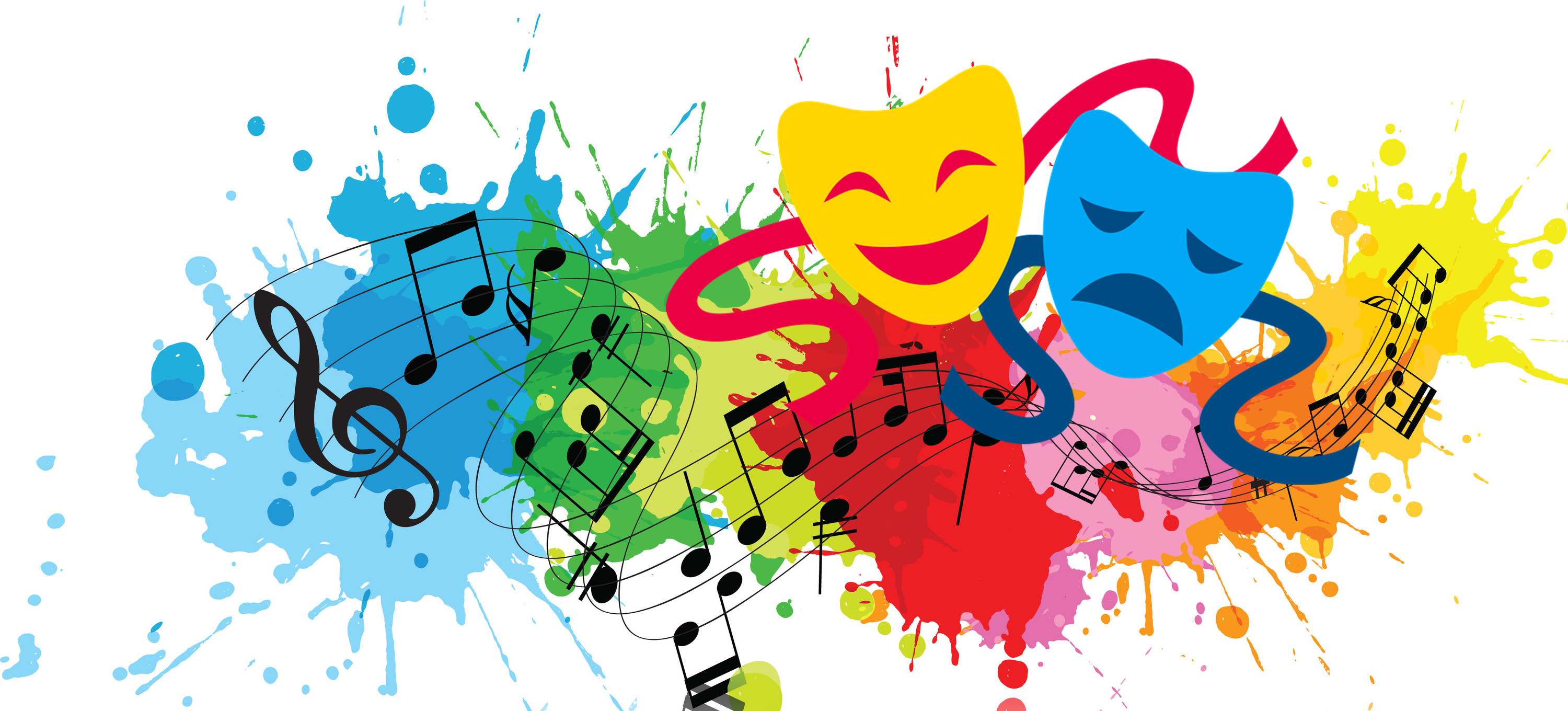
Creative dance theatre offers a wealth of educational benefits, nurturing the development of creativity, self-expression, physical literacy, and critical thinking skills. It provides a unique platform for students to explore their imaginations, develop their physical abilities, and engage with the world around them.
Teaching Concepts in Other Subject Areas
Creative dance theatre can be a powerful tool for teaching concepts in other subject areas, making learning more engaging and interactive. For instance, in history classes, students can create dance pieces that depict historical events or explore the lives of historical figures.
In literature classes, dance can be used to interpret literary works and bring characters and stories to life. Science classes can incorporate dance to illustrate scientific concepts such as motion, energy, and the human body.
Examples in Educational Settings
Numerous examples showcase the successful integration of creative dance theatre in educational settings. In a study conducted by the National Dance Education Organization, students who participated in creative dance theatre programs demonstrated significant improvements in their creativity, self-confidence, and problem-solving abilities.
Another study by the University of California, Los Angeles, found that dance-based learning programs helped students in science classes better understand concepts related to physics and the human body.
Contemporary Trends

Creative dance theatre is constantly evolving, with new trends and innovations emerging all the time. These trends are often influenced by technology, globalization, and social change.
One of the most significant trends in contemporary dance theatre is the use of technology. Technology can be used to create new and innovative movement possibilities, as well as to enhance the audience’s experience. For example, choreographers are using motion capture technology to create virtual dance worlds, and they are using projection mapping to create immersive environments for their dancers.
Globalization is also having a major impact on creative dance theatre. Dancers and choreographers from all over the world are now able to collaborate and share ideas, which is leading to the creation of new and exciting dance forms. For example, hip-hop dance, which originated in the United States, is now being performed by dancers all over the world.
Social change is also influencing the development of contemporary dance theatre. Choreographers are increasingly using their work to address social and political issues. For example, some choreographers are creating works that explore the experiences of marginalized communities, while others are using dance to promote social justice.
Examples of Contemporary Trends
- Choreographer Akram Khan’s work “DESH” uses motion capture technology to create a virtual dance world that explores the themes of migration and identity.
- Choreographer William Forsythe’s work “In the Middle Somewhat Elevated” uses projection mapping to create an immersive environment for his dancers.
- Choreographer Hofesh Shechter’s work “Political Mother” explores the experiences of marginalized communities.
- Choreographer Liz Lerman’s work “The Matter of Origins” uses dance to promote social justice.
Global Perspectives
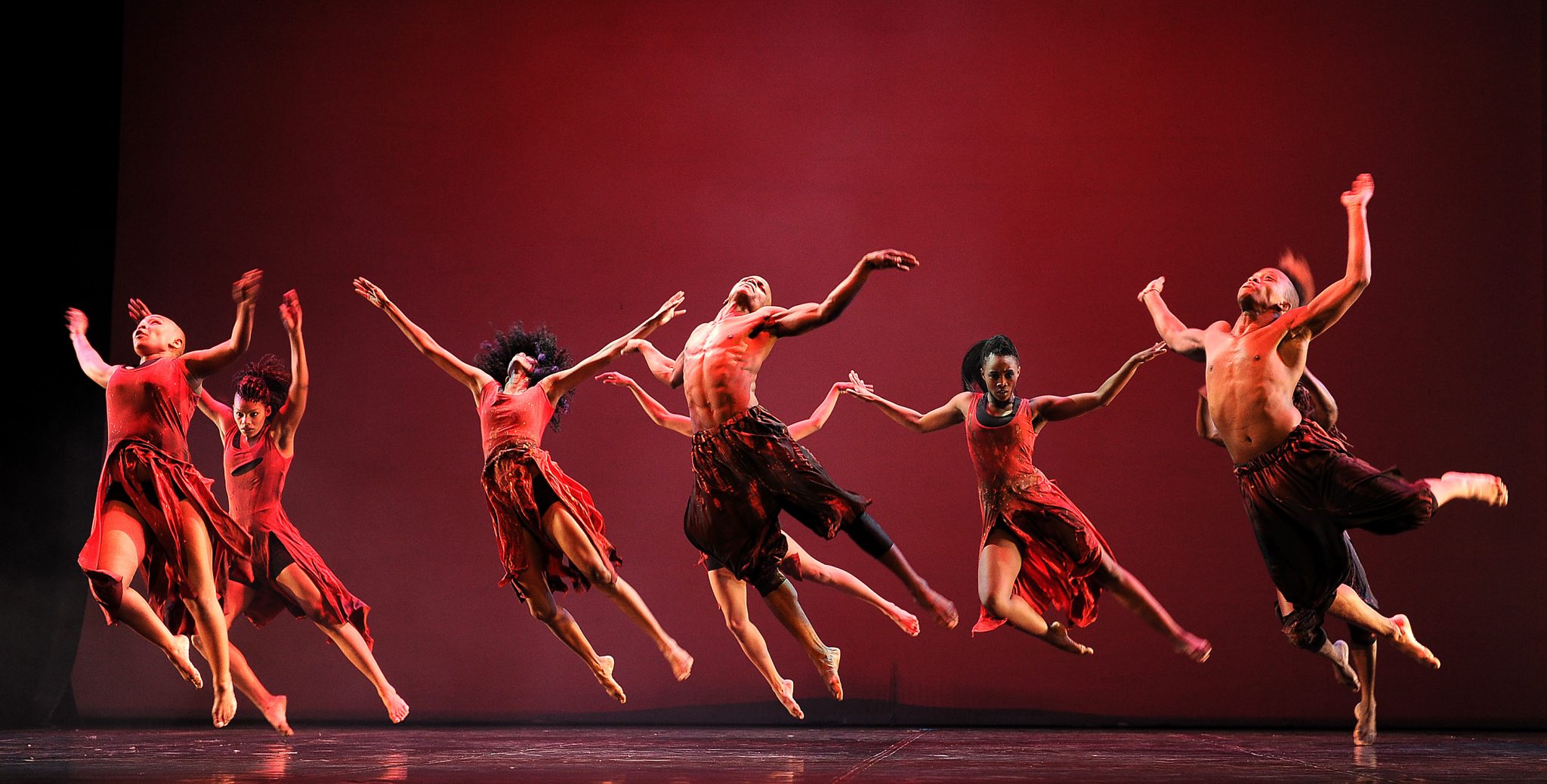
Creative dance theatre has a global reach, transcending cultural boundaries to captivate audiences worldwide. Its diverse manifestations reflect the unique artistic traditions and perspectives of different regions.
From the vibrant rhythms of African dance to the ethereal grace of Asian theatre, creative dance theatre draws inspiration from a multitude of sources. This cross-cultural exchange has enriched the art form, creating a dynamic tapestry of expression.
Influence of Traditional Forms
- Incorporates elements from traditional dance forms, such as folk dances, rituals, and storytelling.
- Preserves cultural heritage while allowing for contemporary interpretations.
Regional Innovations
- Each region has its own unique style and approach to creative dance theatre, reflecting local history, beliefs, and values.
- Examples include the experimental nature of European dance theatre, the vibrant storytelling of African dance theatre, and the spiritual dimensions of Asian dance theatre.
International Collaborations
- Artists from different countries collaborate to create innovative works that bridge cultural divides.
- Fosters cultural understanding and appreciation.
Interdisciplinary Collaboration

Creative dance theatre thrives on the fusion of diverse art forms, fostering interdisciplinary collaborations that amplify its expressive potential.Music and sound design become integral components, setting the rhythm, mood, and atmosphere of the performance. Visual arts, such as lighting, costumes, and stage design, enhance the visual aesthetics, creating a captivating environment that immerses the audience.
Technology, including projections, sensors, and motion capture, opens up new avenues for storytelling and audience interaction.
In the realm of creative dance theatre, fluidity and innovation reign supreme. Similarly, in the world of plumbing, creative plumbing pushes boundaries by seamlessly integrating aesthetics with functionality. By embracing unconventional approaches, both creative dance theatre and creative plumbing elevate their respective fields, fostering a fusion of artistry and practicality.
Cross-Disciplinary Synergy
These collaborations create a dynamic interplay, where each art form enriches the other. Music provides a rhythmic framework for movement, while movement interprets the musical nuances. Visual elements enhance the emotional impact of the dance, while technology expands the boundaries of expression.This interdisciplinary approach challenges traditional artistic silos, fostering innovation and broadening the creative horizons of dance theatre.
Social Impact

Creative dance theatre has a profound social impact, raising awareness for important issues, promoting social change, and fostering community engagement. It provides a platform for underrepresented voices, fostering a sense of belonging and connection.
Specific Examples
Creative dance theatre has been used to address social issues such as:
- Racial justice:Exploring themes of identity, discrimination, and systemic racism.
- Gender equality:Challenging gender stereotypes and promoting women’s empowerment.
- LGBTQ+ rights:Raising awareness about LGBTQ+ experiences and advocating for their rights.
- Disability awareness:Increasing visibility and understanding of disability, breaking down barriers.
- Mental health:Addressing mental health issues, reducing stigma, and promoting recovery.
Dance as Social Activism
Dance becomes a form of social activism when it is used to raise awareness, challenge societal norms, and inspire change. It empowers individuals to express their voices, challenge injustice, and create a more inclusive society.
Challenges and Opportunities
Using creative dance theatre for social impact comes with challenges, such as funding, accessibility, and censorship. However, it also presents opportunities for collaboration, community involvement, and transformative experiences.
Notable Companies and Choreographers
Creative dance theatre has been shaped by the groundbreaking work of numerous influential companies and choreographers. These pioneers have pushed the boundaries of the art form, developing innovative techniques and creating unforgettable performances that have captivated audiences worldwide.
Influential Creative Dance Theatre Companies and Choreographers
The following table showcases some of the most notable companies and choreographers in the field, along with their key contributions:
| Company/Choreographer Name | Years Active | Notable Works | Artistic Style/Approach | Impact on the Field of Dance |
|---|---|---|---|---|
| Alwin Nikolais Dance Theatre | 1948-1999 | Imago, Totem, Tensile Involvement | Deconstructivism, multimedia, spatial relationships | Pioneered the use of technology and multimedia in dance |
| Merce Cunningham Dance Company | 1953-2019 | Suite for Five, Rune, BIPED | Chance operations, improvisation, spatial relationships | Revolutionized dance by incorporating elements of indeterminacy and chance |
| Martha Graham Dance Company | 1926-present | Lamentation, Appalachian Spring, Cave of the Heart | Contraction and release, emotional intensity, mythological themes | Established a distinctive movement vocabulary that emphasized emotion and narrative |
| José Limón Dance Company | 1946-1972 | The Moor’s Pavane, Missa Brevis, There is a Time | Lyrical, emotional, social justice themes | Integrated elements of Mexican folklore and social commentary into dance |
| Trisha Brown Dance Company | 1970-present | Accumulation, Set and Reset, Opal Loop | Postmodernism, improvisation, site-specific works | Challenged traditional notions of dance by exploring new spaces and movement possibilities |
| William Forsythe | 1984-2004 | In the Middle Somewhat Elevated, Artifact, Eidos:Telos | Neoclassicism, deconstruction, spatial relationships | Redefined classical ballet vocabulary and pushed the boundaries of physicality |
Key Themes and Trends
The work of these influential companies and choreographers has shaped several key themes and trends in creative dance theatre:
- Deconstruction and experimentation:Breaking down traditional dance forms and exploring new movement possibilities.
- Multidisciplinary collaboration:Integrating elements from other art forms, such as music, visual arts, and technology.
- Site-specific performances:Creating works that respond to the unique characteristics of specific performance spaces.
- Social and political commentary:Using dance to address social and political issues.
- Audience engagement:Fostering a direct and interactive relationship between performers and audiences.
Illustrative Examples
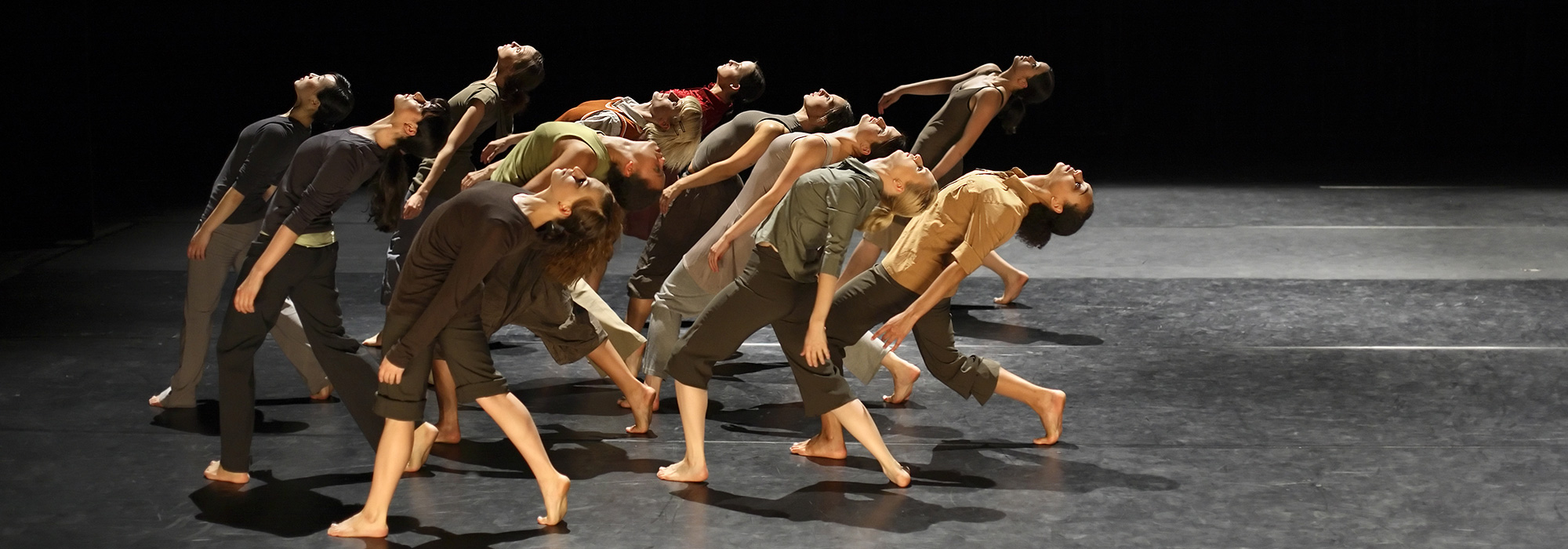
Creative dance theatre performances are characterized by their unique blend of dance, theatre, and visual elements. They often explore complex themes and narratives, using movement, sound, and design to create immersive and thought-provoking experiences.
Here are a few detailed descriptions or illustrations that vividly depict the unique elements and characteristics of creative dance theatre performances:
Subtlety and Nuance
- In a performance by the renowned choreographer William Forsythe, dancers move with exquisite precision and control, their bodies seemingly floating through space. The choreography is full of subtle shifts and nuances, creating a sense of both fragility and power.
Emotional Depth
- A performance by the Alvin Ailey American Dance Theater explores the complexities of the human experience through movement. The dancers embody a range of emotions, from joy and exuberance to sorrow and despair, creating a deeply moving and cathartic experience for the audience.
Visual Spectacle
- A performance by the Israeli choreographer Ohad Naharin features elaborate costumes and set design. The dancers move through a visually stunning landscape, creating a sense of wonder and awe. The performance is a feast for the eyes, as well as the soul.
Audience Interaction
- In a performance by the British choreographer Akram Khan, the audience is invited to participate in the creation of the work. The dancers interact with the audience, blurring the boundaries between performer and spectator. The performance becomes a shared experience, creating a sense of community and connection.
Comparative Analysis
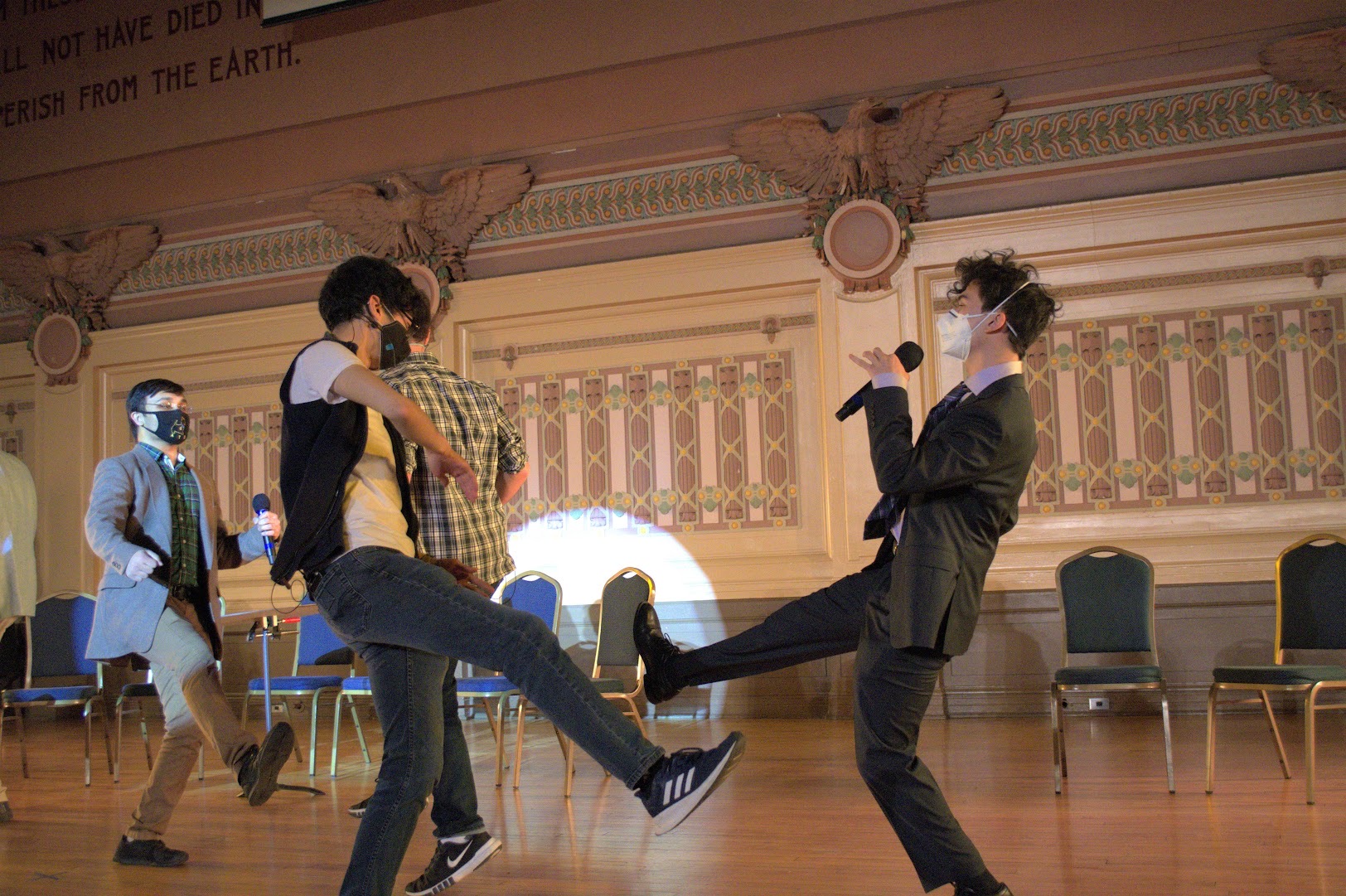
Creative dance theatre stands apart from other dance forms in its unique blend of movement, storytelling, and theatricality. To fully appreciate its distinctiveness, it is essential to compare it with other dance forms, such as ballet and modern dance.
Ballet, with its codified technique and emphasis on grace and precision, forms a stark contrast to the expressive and often improvisational nature of creative dance theatre. Modern dance, born out of rebellion against ballet’s rigid structures, shares with creative dance theatre a focus on personal expression and exploration of new movement possibilities.
Movement Vocabulary
- Ballet:Precise, codified steps and movements, emphasizing turnout, pointed feet, and fluid transitions.
- Modern dance:Focus on natural, everyday movements, often incorporating elements of folk and ethnic dance.
- Creative dance theatre:Wide range of movement vocabulary, including both codified and improvisational elements, tailored to the specific narrative and themes of the work.
Body Alignment and Posture
- Ballet:Upright posture, with an emphasis on maintaining a straight spine and open shoulders.
- Modern dance:More relaxed and flexible posture, allowing for greater freedom of movement and expression.
- Creative dance theatre:Varies depending on the specific work, ranging from classical ballet alignment to more contemporary, relaxed postures.
Use of Space
- Ballet:Dancers move primarily in a two-dimensional plane, with a focus on covering the stage evenly.
- Modern dance:Explores the use of three-dimensional space, with dancers often moving in and out of different levels.
- Creative dance theatre:Utilizes space in a variety of ways, depending on the narrative and choreography, ranging from traditional stage spaces to more immersive or site-specific environments.
Choreographic Structure
- Ballet:Highly structured, with set patterns and sequences that are repeated throughout the dance.
- Modern dance:Often more improvisational and less structured, allowing for greater freedom of expression and interpretation.
- Creative dance theatre:Can incorporate elements of both ballet and modern dance choreography, depending on the specific work and its narrative requirements.
Narrative and Thematic Content
- Ballet:Often based on classical myths or fairy tales, with a focus on entertainment and spectacle.
- Modern dance:Often explores social, political, or personal themes, using movement to convey emotions and ideas.
- Creative dance theatre:Combines elements of both ballet and modern dance, with a focus on storytelling and the exploration of complex themes.
The similarities and differences between creative dance theatre and other dance forms have significant implications for performers, choreographers, and audiences. Performers must adapt their skills and techniques to the specific demands of each dance form, while choreographers must carefully consider the unique characteristics of each form when creating new works.
Audiences, too, must adjust their expectations and perceptions when experiencing different dance forms.
Ultimately, the comparative analysis of creative dance theatre with other dance forms highlights its unique position as a hybrid art form that draws inspiration from multiple sources while maintaining its own distinct identity.
FAQ: Creative Dance Theatre
What distinguishes creative dance theatre from other dance forms?
Creative dance theatre prioritizes experimentation, collaboration, and the exploration of diverse themes, often blurring the lines between movement, storytelling, and visual art.
How can I incorporate creative dance theatre into educational settings?
Creative dance theatre offers numerous benefits in education, enhancing creativity, expression, problem-solving skills, inclusivity, and diversity.
What are some notable companies and choreographers in creative dance theatre?
Influential companies and choreographers in creative dance theatre include the Merce Cunningham Dance Company, William Forsythe, and Akram Khan, among others.